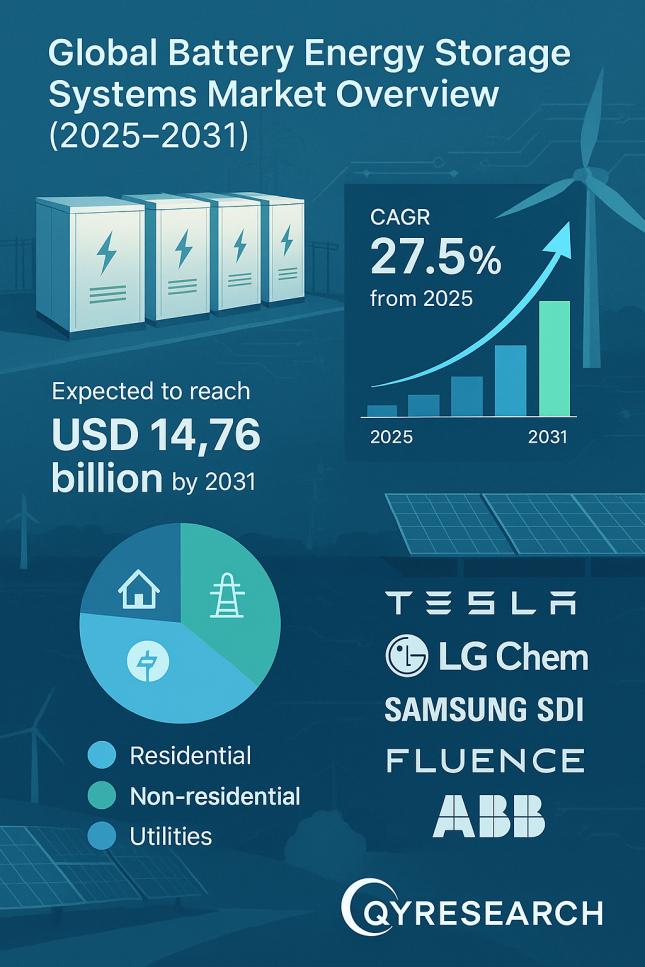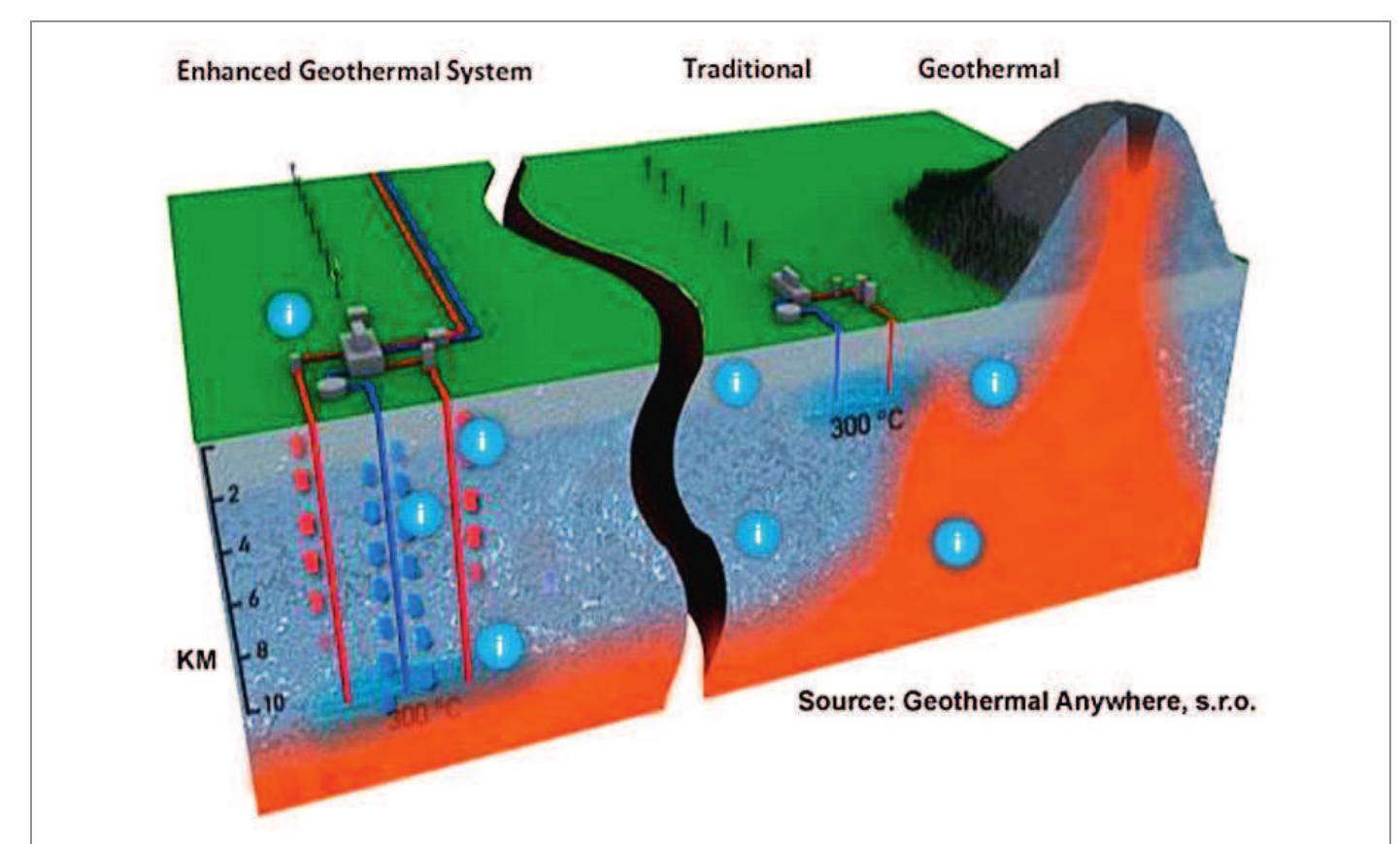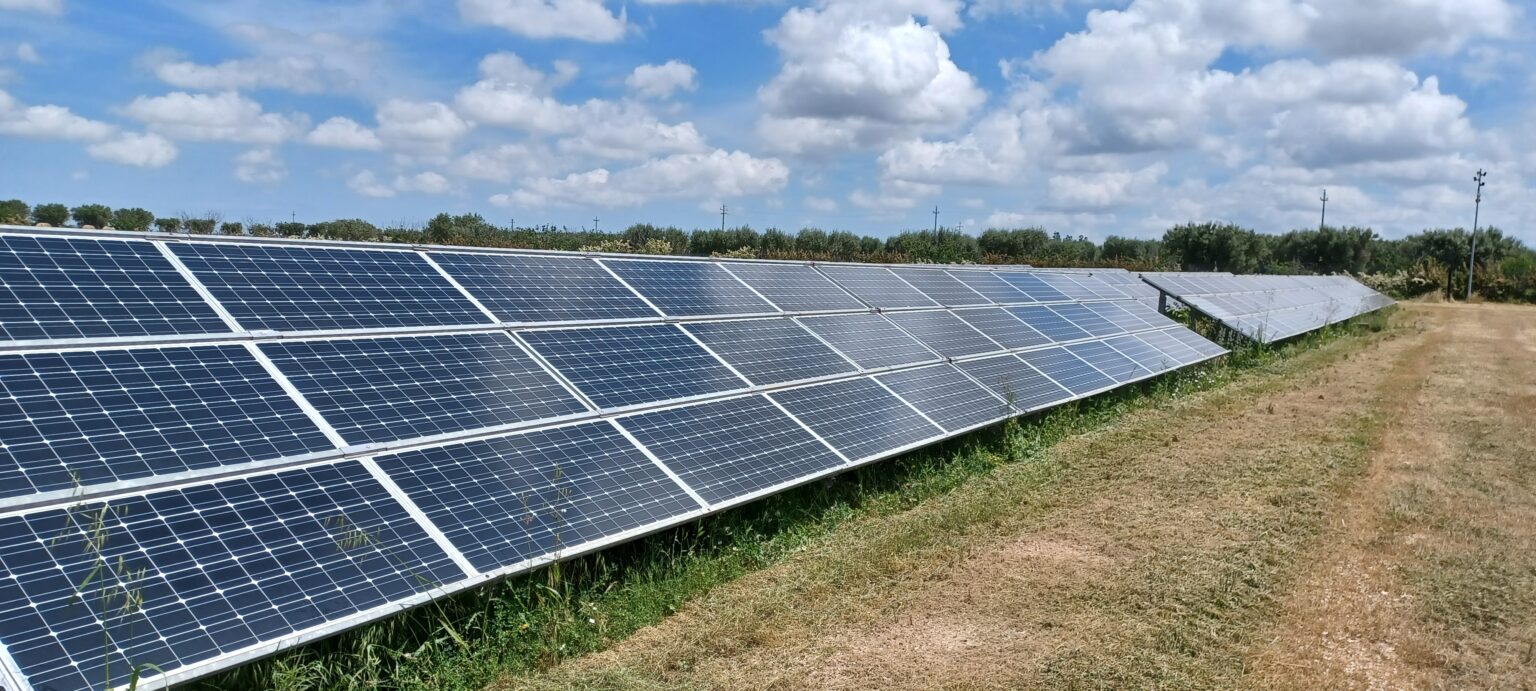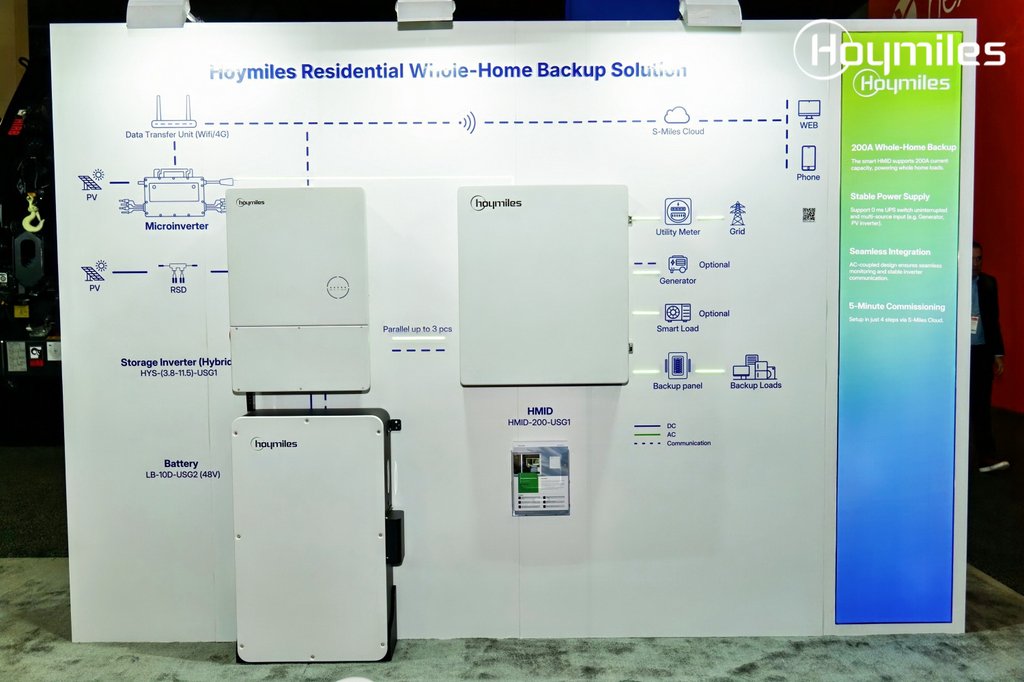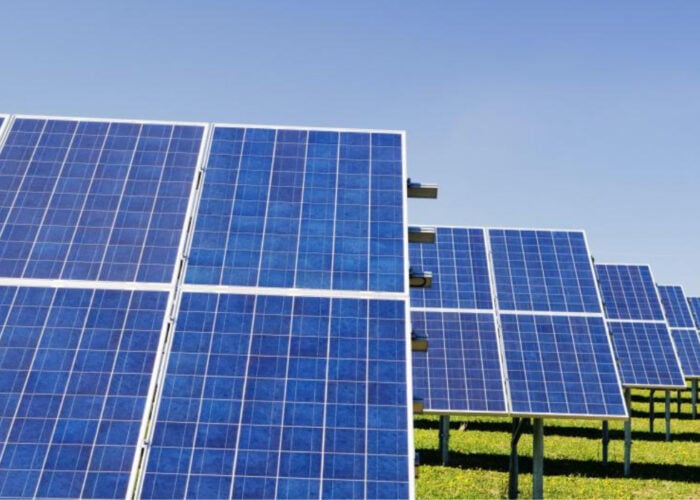Abstract
Smart home energy management presents complexities due to fluctuating user preferences, costs, and consumption patterns. Traditional systems struggle with these dynamics; however, advancements in reinforcement learning and optimization offer promising solutions. This report introduces an innovative Demand Response (DR) approach that integrates a Self-Adaptive Puma Optimizer Algorithm (SAPOA) with a Multi-Objective Deep Q-Network (MO-DQN). This integration enhances management of smart home energy consumption, cost efficiency, and user preference accommodation. SAPOA adaptively maximizes multiple objectives, while MO-DQN refines decision-making by learning from interactions. The proposed method dynamically adapts to user preferences by analyzing historical energy usage and optimizing scheduling of key household appliances, thereby improving energy efficiency. Unlike conventional static optimization in Home Energy Management Systems (HEMS), which inadequately address changing costs and user preferences, this approach leverages sophisticated reinforcement learning integrated with adaptive optimization. Experimental results demonstrate significant improvements, including a reduction in the peak-to-average ratio (PAR) from 3.4286 to 1.9765 without renewable energy sources (RES) and to 1.0339 with RES. The combined SAPOA and MO-DQN framework effectively manages uncertainty, optimizes appliance scheduling, and enhances system flexibility and performance. Performance evaluation metrics include PAR, energy consumption, and electricity cost, implemented within the MATLAB platform.
Introduction
Smart Home Energy Management Systems (HEMS) are essential for modern residences, automating appliance control and adjusting settings to promote efficient and sustainable energy use. Utilizing Internet of Things (IoT), Artificial Intelligence (AI), and machine learning, smart HEMS monitor and control electricity consumption in real-time. These systems employ smart meters, intelligent controllers, and sensors to allocate power efficiently and schedule appliances optimally. Dynamic pricing mechanisms minimize energy costs and enhance sustainability by balancing supply and demand, responding to price fluctuations, and incorporating user preferences.
The increasing complexity of energy consumption necessitates advanced smart HEMS that integrate renewable energy systems to reduce environmental impact. Demand Response (DR) technologies adjust energy usage based on price volatility or peak demand, improving grid stability and enabling renewable integration. DR programs incentivize users to modify consumption patterns through time-of-use rates, automated controls, and monetary rewards, leading to more efficient energy management.
Advanced adaptive algorithms and real-time data enable dynamic appliance scheduling, significantly reducing energy consumption while enhancing user comfort. Smart systems also manage energy distribution and storage, including photovoltaic panels and batteries, to maximize renewable energy utilization and minimize grid dependency. Load forecasting and DR facilitate demand prediction and load shifting to off-peak hours, reducing costs and system strain. Users can remotely control and monitor energy use via web and mobile applications.
Traditional heuristic and rule-based methods lack flexibility and responsiveness to real-time changes in energy consumption and user preferences, often resulting in suboptimal energy management. This report presents a novel smart HEMS framework combining SAPOA and MO-DQN, enabling adaptive, cost-effective, and efficient energy management that learns from historical data to optimize appliance scheduling and user satisfaction.
Key Contributions
- Development of a novel DR approach integrating SAPOA with Multi-Objective DQN to effectively manage dynamic energy consumption, costs, and user preferences.
- Adaptive learning from historical usage to optimize scheduling of major household appliances such as air conditioners, washing machines, and refrigerators, enhancing energy efficiency and reducing expenses.
Literature Review
Smart home energy management research is driven by the global need for green and efficient energy solutions. The proliferation of smart appliances and renewable energy sources demands intelligent systems capable of dynamic energy management while maintaining user comfort and minimizing costs. Reinforcement Learning (RL) has emerged as a potent approach, capable of learning from interactions and adapting to uncertain environments.
Multi-Objective Reinforcement Learning (MORL) techniques have been applied to optimize parameters including cost, power consumption, and user comfort. Studies demonstrate the effectiveness of advanced RL algorithms, such as Q-learning and Deep Reinforcement Learning (DRL), in dynamically scheduling appliances based on user needs, environmental conditions, and energy prices. Integration of energy storage and renewable sources further enhances optimization.
Multi-agent RL frameworks facilitate decentralized decision-making for microgrid resource planning, improving scalability and flexibility. Hybrid evolutionary algorithms combined with RL have been proposed for sustainable building energy management. However, many studies rely on simulated data, highlighting the need for real-world validation to ensure robustness and scalability.
Research findings consistently show significant cost reductions and improved energy management through RL-based systems, while also noting challenges such as model complexity, computational demands, and data quality. Hybrid optimization methods and AI-enabled metaheuristic algorithms have been explored to address renewable energy management in smart grids, with promising results but limitations in scalability and empirical validation.
Overall, RL integration in smart home energy management shows substantial potential for enhancing energy efficiency, cost savings, and user satisfaction. Future research should focus on improving model scalability, real-world applicability, and computational efficiency.
Proposed Methodology
The proposed model aims to optimize smart home energy management by minimizing energy consumption and costs while maximizing user satisfaction. It dynamically schedules appliance operation based on real-time energy prices and user preferences, learning adaptively from past usage patterns. The system targets high-energy appliances and employs advanced algorithms including SAPOA and MO-DQN for optimization.
System Architecture
The architecture comprises data acquisition on energy consumption, user preferences, and cost variations to inform scheduling decisions. Adaptive learning mechanisms enhance scheduling effectiveness, minimizing energy waste and improving overall system performance. Performance is evaluated using metrics such as Peak-to-Average Ratio (PAR) and energy consumption levels. Feedback loops enable continuous system refinement, ensuring responsiveness to changing energy costs and user needs.
Appliance Energy Models
- Refrigerators: Operate continuously with fixed energy consumption, modeled as the sum of energy used over time slots.
- Washing Machines: Operate within user-specified time windows, with energy consumption and user dissatisfaction modeled to balance scheduling flexibility and comfort.
- Air Conditioners: Feature variable power consumption within defined minimum and maximum limits, with user dissatisfaction parameters influencing scheduling decisions.
Demand Response Approach Using Multi-Objective Reinforcement Learning (MORL)
The DR strategy manages electricity demand by incentivizing consumers to adjust usage in response to price changes or incentives, enhancing grid stability and renewable integration. The MORL algorithm models the HEMS as a Markov Decision Process, where agents representing appliances select actions to maximize cumulative rewards, balancing cost and user satisfaction. Q-learning with greedy action selection is employed, with reward functions incorporating real-time pricing and user dissatisfaction metrics.
DQN with Self-Adaptive Puma Optimizer Algorithm (SAPOA)
The integration of Deep Q-Network (DQN) with SAPOA enhances smart HEMS by dynamically optimizing appliance scheduling and energy consumption. SAPOA mimics puma hunting behaviors to balance exploration and exploitation in optimization, adapting parameters in real-time to changing energy prices and user preferences. The DQN framework learns optimal policies through neural network approximations of Q-values, supported by experience replay and target networks for stability.
Optimization and Learning Process
- States: Represent current system conditions, including energy prices and appliance statuses.
- Actions: Include appliance operation controls such as on/off switching and power level adjustments.
- Rewards: Designed to minimize energy costs and user dissatisfaction, guiding the learning process.
- Optimization Objectives: Focus on reducing energy consumption, costs, and Peak-to-Average Ratio (PAR) to improve grid stability.
Results and Discussion
Experimental Setup
Simulations were conducted on a system with Intel Core i5 processor, 12 GB RAM, running MATLAB 2022b. The environment modeled realistic energy consumption patterns, dynamic pricing, and renewable energy sources. Performance was evaluated using PAR, electricity cost, and energy consumption metrics.
Performance Metrics
- Peak-to-Average Ratio (PAR): Measures the ratio of peak to average energy consumption, indicating load balancing efficiency.
- Energy Consumption: Calculated as power multiplied by time, reflecting total energy used.
- Electricity Cost: Product of energy consumption and dynamic pricing rates.
Performance Analysis
The proposed method significantly reduced PAR from 3.4286 (unscheduled) to 1.9765 without RES and to 1.0339 with RES, outperforming other algorithms such as MORL-POA and SAPOA. Electricity costs decreased substantially, with the proposed method achieving the lowest costs both with and without RES integration. Energy consumption was also minimized, demonstrating enhanced efficiency.
Graphical analyses of appliance usage patterns revealed that the proposed scheduling effectively shifted loads to off-peak periods, reducing peak demand and improving user comfort. Battery levels increased steadily, indicating effective energy storage management. Comparative studies showed the proposed model’s superiority in balancing energy efficiency, cost savings, and user satisfaction.
Comparative Analysis with State-of-the-Art Techniques
The proposed model surpasses existing smart home energy management systems by combining MO-DQN with SAPOA, enabling adaptive, real-time learning and user preference integration. Unlike other models focusing solely on predictive optimization or static scheduling, this approach offers enhanced flexibility, decision-making capabilities, and performance under uncertain conditions.
Discussion
This innovative model addresses key challenges in smart HEMS, including dynamic energy pricing, user preference variability, and uncertainty management. By focusing on major energy-consuming appliances and integrating advanced reinforcement learning with adaptive optimization, the system achieves significant improvements in energy efficiency, cost reduction, and user comfort. Limitations include computational demands and the need for high-quality data, suggesting avenues for future research in lightweight algorithms and real-world deployment.
Conclusion
The integration of SAPOA with MO-DQN in smart Home Energy Management Systems offers an effective solution to dynamic challenges in energy consumption, cost, and user preference management. This approach adapts in real-time to energy prices and user behavior, optimizing appliance scheduling and reducing electricity costs. Experimental validation shows substantial reductions in peak-to-average ratio and improved energy utilization, outperforming traditional reinforcement learning and heuristic methods. The system contributes to sustainable energy management, economic benefits, and enhanced user satisfaction, aligning with global Sustainable Development Goals (SDGs) such as affordable and clean energy (SDG 7), sustainable cities and communities (SDG 11), and climate action (SDG 13).
Future Scope
Future research will focus on enhancing the proposed system’s flexibility, precision, and real-world applicability through advanced machine learning and real-time data analytics. Key areas include:
- IoT Integration and Real-World Deployment: Implementing the system with IoT-enabled smart home devices to collect real-time data, enabling dynamic scheduling responsive to actual user behavior and energy pricing.
- Computational Efficiency and Hardware Constraints: Investigating lightweight algorithms and techniques such as model pruning, quantization, and federated learning to enable operation on resource-constrained devices, ensuring scalability and privacy.
- Lightweight Alternatives: Developing smaller, simpler models and leveraging edge computing to reduce latency and improve responsiveness in real-time energy management.
- Advanced Reinforcement Learning Techniques: Incorporating multi-agent and decentralized learning to facilitate collaborative energy management among appliances, enhancing adaptability and efficiency.
- Scalability and User Preference Management: Extending the system to larger residential settings and multi-user environments, ensuring effective management of diverse user preferences and increasing device counts.
These advancements will contribute to more intelligent, sustainable, and user-centric smart home energy systems, supporting the achievement of multiple SDGs including industry innovation and infrastructure (SDG 9) and responsible consumption and production (SDG 12).
1. Sustainable Development Goals (SDGs) Addressed
- SDG 7: Affordable and Clean Energy
- The article focuses on smart home energy management systems (HEMS) that optimize energy consumption, integrate renewable energy sources (RES), and reduce electricity costs, directly contributing to ensuring access to affordable, reliable, sustainable, and modern energy for all.
- SDG 11: Sustainable Cities and Communities
- By improving energy efficiency in homes and integrating smart technologies, the article supports making cities and human settlements inclusive, safe, resilient, and sustainable.
- SDG 12: Responsible Consumption and Production
- The dynamic appliance scheduling and demand response (DR) methods promote sustainable consumption patterns by reducing peak energy demand and optimizing appliance usage.
- SDG 13: Climate Action
- Integration of renewable energy sources and reduction in peak-to-average ratio (PAR) contribute to mitigating climate change by lowering greenhouse gas emissions associated with energy consumption.
2. Specific Targets Under Identified SDGs
- SDG 7: Affordable and Clean Energy
- Target 7.3: By 2030, double the global rate of improvement in energy efficiency.
- Target 7.2: Increase substantially the share of renewable energy in the global energy mix.
- SDG 11: Sustainable Cities and Communities
- Target 11.6: Reduce the adverse per capita environmental impact of cities, including by paying special attention to air quality and municipal and other waste management.
- SDG 12: Responsible Consumption and Production
- Target 12.2: By 2030, achieve the sustainable management and efficient use of natural resources.
- Target 12.8: By 2030, ensure that people everywhere have the relevant information and awareness for sustainable development and lifestyles in harmony with nature.
- SDG 13: Climate Action
- Target 13.2: Integrate climate change measures into national policies, strategies, and planning.
3. Indicators Mentioned or Implied to Measure Progress
- Peak-to-Average Ratio (PAR)
- Used as a key performance metric to assess the efficiency of energy consumption and demand response strategies, indicating the reduction in peak load relative to average load, which reflects grid stability and energy efficiency.
- Electricity Cost
- Measured to evaluate economic benefits and affordability of energy consumption under different management scenarios.
- Energy Consumption (kWh)
- Used to quantify the total energy used by household appliances, reflecting efficiency improvements and sustainable consumption.
- User Dissatisfaction Parameter
- Implied as an indicator of user comfort and acceptance, measuring the alignment of appliance scheduling with user preferences.
- Integration of Renewable Energy Sources (RES)
- Implied through comparisons of system performance with and without RES, indicating progress towards renewable energy adoption.
4. Table of SDGs, Targets, and Indicators
| SDGs | Targets | Indicators |
|---|---|---|
| SDG 7: Affordable and Clean Energy |
|
|
| SDG 11: Sustainable Cities and Communities |
|
|
| SDG 12: Responsible Consumption and Production |
|
|
| SDG 13: Climate Action |
|
|
Source: nature.com


